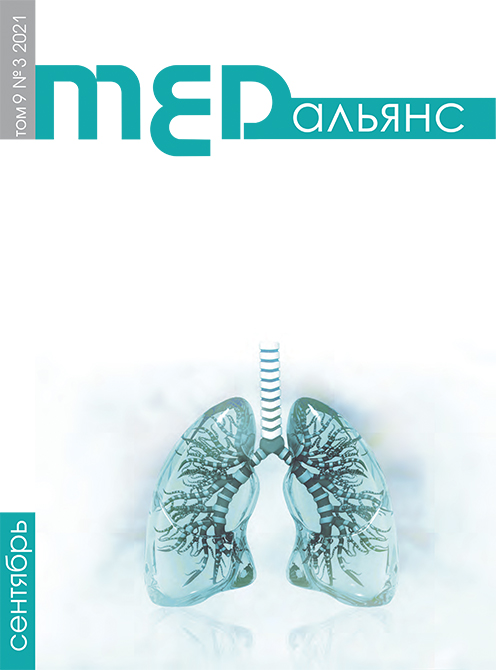Abstract
The rise in the incidence of tuberculosis expected by many phthisiatricians during the period of the covid pandemic did not occur, its steady decline continues, which could be due to a sharp reduction in contacts. However, it cannot be ruled out that an extreme increase in stressful social factors associated withcovid pandemic may lead to an exacerbation of latent tuberculosis. In addition, the growth of severe forms of the disease, caused by drug-resis tant strains of mycobacterium tuberculosis, continues. The drug resistance of the pathogen, which WHO has de signated as a global threat, the crisis of classical antibiotic therapy dictate the need to develop a new strategy for the treatment of infectious diseases, which consists of influencing the genetic and enzymatic targets that determine the virulence of pathogens. One of the manifestations of bacterial adaptation as a component of virulence is QUORUM SENSING (QS) — a supra organic level of self-organization of bacteria, due to which microbial communities can behave like a multicellular organism. The main phenomenon of QS is the formation of microbial
biofilms — special communities of microorganisms enclosed in a biopolymer extracellular matrix, which serves as a direct obstacle to the action of immunocompetent cells and antibacterial substances, and also increases drug resistance many times over. Myco bacterial biofilm shave been discovered, which play an essential role in the formation of case ous necrosis, decay cavities and drug resistance. In recent years, there has been an active search for QS inhibitors as tools for alternative therapeutic interventions in infectious pathology. In publications on mycobacterial films, it is also emphasized that the discovered QS mechanisms in MBT are promising therapeutic targets. Thus, the problem of QS of mycobacterium tuberculosis
requires further in-depth and comprehensive study in order to develop methods of alternative therapy for tuberculosis.

